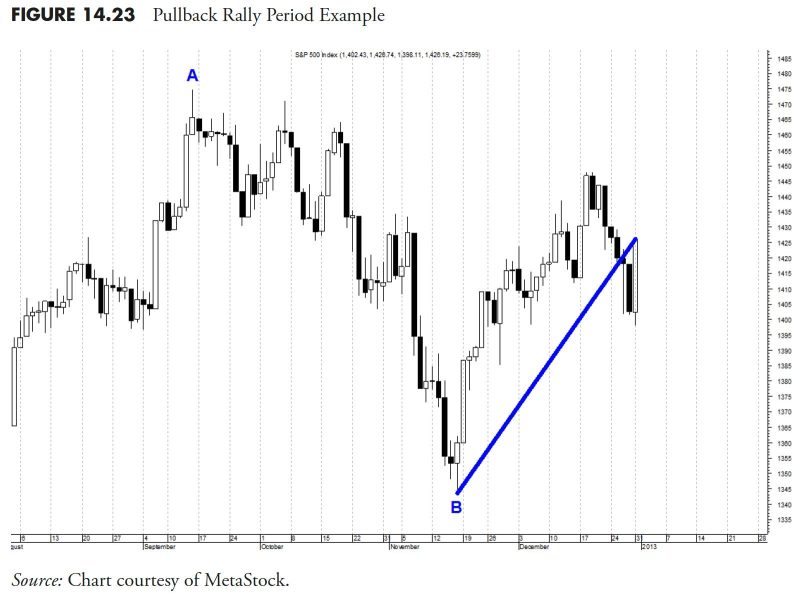In the world of investment, security selection plays a crucial role in determining the success or failure of a portfolio. As investors strive to maximize returns while minimizing risks, having a well-thought-out set of rules and guidelines for selecting securities is essential. In this article, we will delve into the intricacies of security selection rules and guidelines, exploring how investors can make informed decisions to build a robust and diversified portfolio.
1. **Diversification**: One of the fundamental principles of security selection is diversification. By spreading investments across different asset classes, industries, and geographic regions, investors can reduce the impact of any single event on their overall portfolio. Diversification helps to mitigate risk and can enhance returns by capturing the performance of various market segments.
2. **Risk Management:** When selecting securities, investors must pay close attention to risk management. This involves assessing the risk-return tradeoff of each investment opportunity and ensuring that the risk is commensurate with the expected return. By considering factors such as volatility, correlation, and downside risk, investors can construct a portfolio that aligns with their risk tolerance and financial goals.
3. **Fundamental Analysis:** Another crucial aspect of security selection is conducting fundamental analysis. This involves evaluating the financial health, growth prospects, competitive position, and valuation of a company before making an investment decision. By analyzing factors such as revenue growth, profitability, debt levels, and management quality, investors can identify undervalued or high-potential securities.
4. **Technical Analysis:** In addition to fundamental analysis, investors can also utilize technical analysis when selecting securities. Technical analysis involves studying historical price trends, trading volume, and market indicators to forecast future price movements. By identifying patterns, support and resistance levels, and momentum indicators, investors can make more informed decisions about when to buy or sell securities.
5. **Long-Term Perspective:** While short-term fluctuations in the market can be tempting, successful investors often adopt a long-term perspective when selecting securities. By focusing on the fundamental strengths of a company and its growth prospects over the long term, investors can weather market volatility and benefit from compounding returns.
6. **Consideration of External Factors:** External factors such as macroeconomic indicators, geopolitical events, and industry trends can also influence security selection. Investors must stay informed about global economic developments, central bank policies, and regulatory changes that could impact the performance of their chosen securities.
7. **Emotional Discipline:** Finally, maintaining emotional discipline is crucial when selecting securities. Fear and greed can cloud judgment and lead to impulsive investment decisions. By sticking to a well-defined set of rules and guidelines, investors can avoid emotional biases and make rational choices that are aligned with their investment objectives.
In conclusion, security selection is a multifaceted process that requires careful consideration of various factors and an adherence to rules and guidelines. By diversifying investments, managing risks, conducting thorough analysis, adopting a long-term perspective, considering external factors, and maintaining emotional discipline, investors can enhance the likelihood of achieving their investment goals. With a structured approach to security selection, investors can build a resilient and profitable portfolio that stands the test of time.

